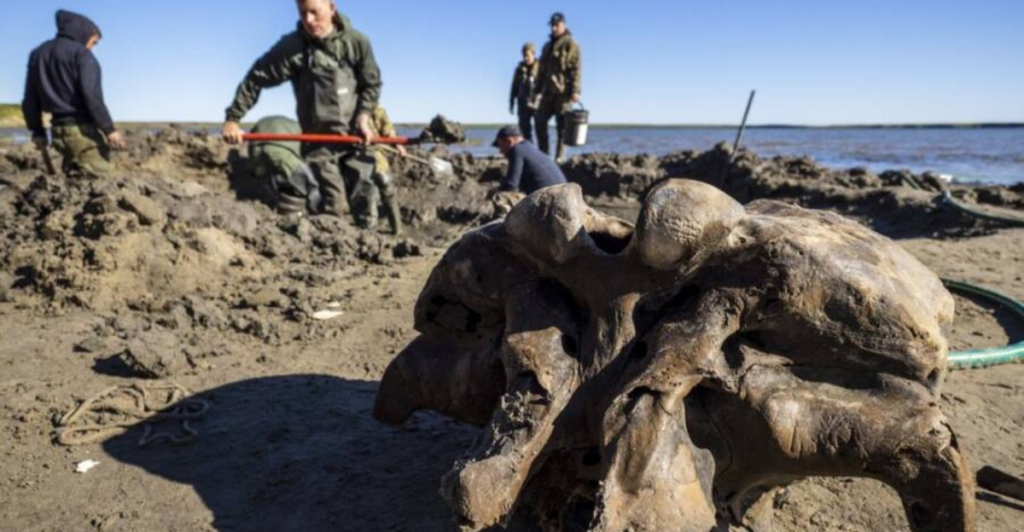
Fossils have captivated scientists and researchers for hundreds of years. Long before paleontology was a recognized field, people had been unearthing dinosaurs and, in some cases, believing them to be giants.
With science evolving over centuries, we know much more about the prehistoric world than we have before, but the exciting thing about the field is that there’s always a new fossil that could teach us even more.
Recently, a groundbreaking discovery was made in Siberia by reindeer herders. A 10,000 year old mammoth fossil was found with intact ligaments. It was found in Pechevalavato Lake and included parts of its foot, ribs, and skull in startingly good condition. The soft tissue bound to much of its bone has amazing implications.
Permafrost
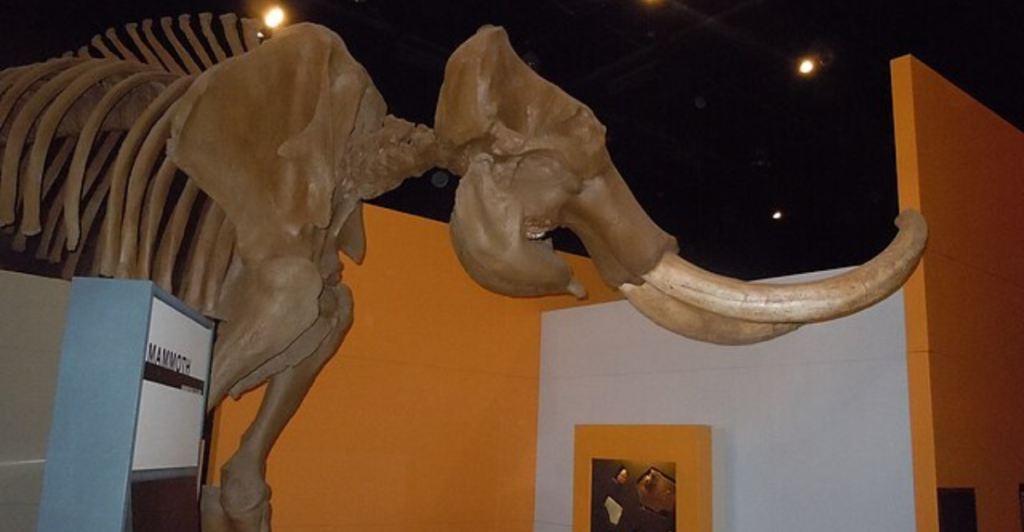
Most fossils found around the world generally only have the bones of the animal preserved and replaced by minerals. However, there are exceptions to the rule that can leave specimens incredibly well preserved. These conditioned including peat bogs, and exceptionally cold places.
The mammoth spent millennia surrounded by permafrost, which essentially kept the body in stasis. Mammoth skeletons are an uncommon fossil, not even including any tissue.
The presence of this soft tissue has scientists flocking from everywhere to get a chance to examine the body. The preserved tissue can open the door for advanced and groundbreaking scientific study, including genetic analysis and the potential for sequencing its DNA, leading to controversial cloning experiments.
The Woolly Mammoth
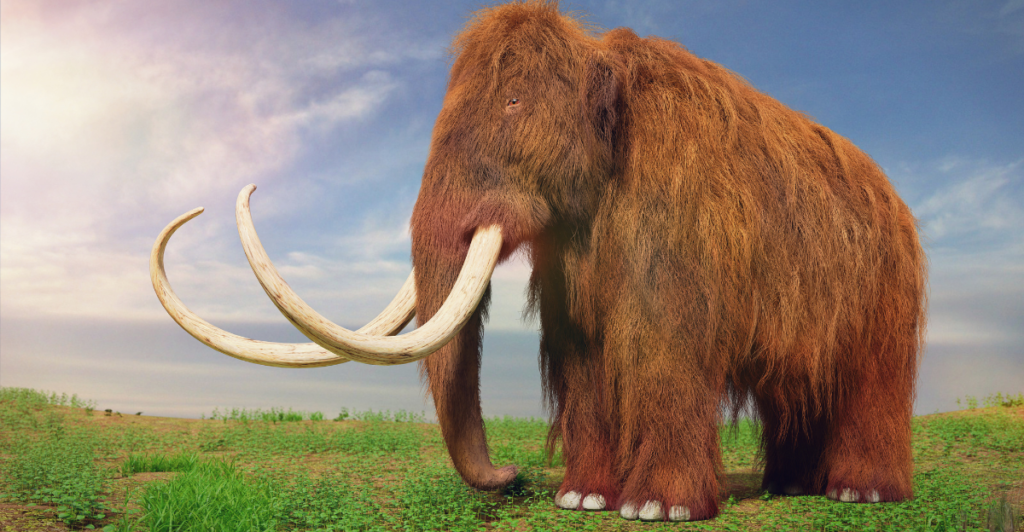
Wolly mammoths once thrived on the Eurasian and North American continents during Earth’s ice age. The majority of the population went extinct around 10,000 years ago, and some isolated populations managed to survive in Alaska and Wrangel Island for a bit longer.
One of the biggest factors in their extinction was the rapidly heating continent, changing the ecosystem they had adapted to. Another important proponent in their extinction was human populations hunting the animals.
Older discoveries of woolly mammoth fossils include a foal and a cave lion cub thought to be 42,000 years old. This highlights Siberia’s extremely cold environment offering a treasure trove to researchers who want to look back into the history of our planet and its life.
Climate Change
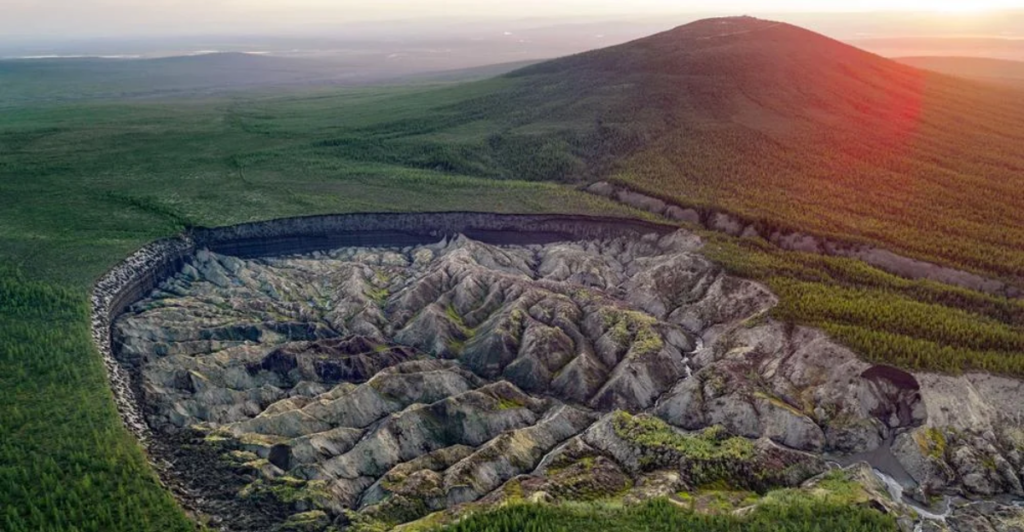
Climate change has played a pivotal role in unearthing many of these well-preserved fossils for endemic people and researchers to stumble across. The permafrost in Siberia is thawing due to heating temperatures caused by climate change.
The process of melting ice is accelerated by recent heatwaves that have been up to 18 degrees Fahrenheit above normal temperatures. While the emerging fossils may be beneficial for scientists trying to understand more about prehistoric Earth, it poses risks as well.
Dormant diseases and pathogens in the permafrost could be released, as well as greenhouse gases that have been stored in soil underneath ice. There is a dual-nature to these discoveries, and scientists are making the most of them.
Scientific Implications
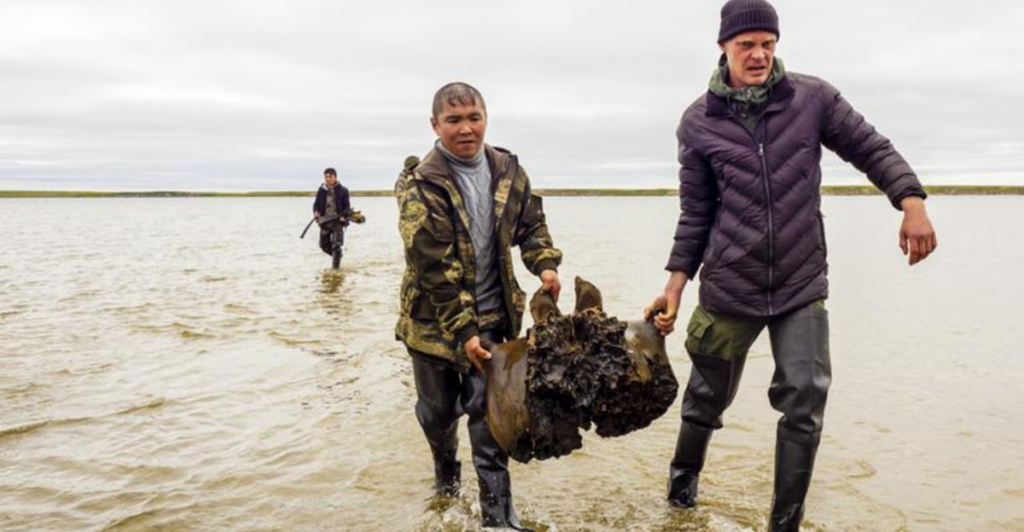
Specimens with preserved soft tissue could have amazing stories to tell researchers. If their DNA is intact, then researchers could sequence it. Proteins and cellular structures found in the specimens could also reveal evolutionary information like adaptations and other genetic patterns.
The intact ligaments of the woolly mammoth mean that the extraction of genetic material is a viable concept, and this could aid programs like Collosal’s “Woolly Mammoth Revival” project.
Cloning any species is a fascinating yet largely controversial frontier in science. Studying the tissue could further the understanding of Ice Age ecosystems and even potentially resurrect a long-extinct species. This presents ethical questions and implications for modern habitats as the revival of an ancient has to have a viable place in the world.
Ethical Questions

The cloning of any species raises ethical concerns among scientific communities. While many argue that cloning can lead to amazing scientific discovery and could rewrite the wrongs of previous conservation negligence, it is still a tempestuous issue.
Conservationists and critics argue that this research and technology should be used to protect species that are still on the face of the Earth and are in danger of going extinct rather than looking to already extinct species.
Other questions are raised about habitat suitability for long extinct species in modern, and already fragile ecosystems. If introduced negligently, these resurrected animals could throw ecosystems off balance and drive other species to extinction. This process requires careful consideration and demands a lot of responsibility.
Skepticism

While the finding of the ligaments is a monumental discovery, some experts argue that it is not uncommon for media coverage to be at least slightly sensationalized, and in severe cases, wholly overblown. Claims of finding “live cells” and promises of intact DNA can be overblown, and often lack peer-reviewed validation.
This skepticism ensures that scientific endeavors are fact-checked and well-researched, as it is the responsibility of researchers to undertake such cutting-edge studies. However, misinformation can overshadow genuine breakthroughs as media coverage spins the evidence for its own benefit.
Extraordinary finds like these must always be approached with both excitement and critical analysis to ensure that the proper research is conducted.
Unexpected Applications
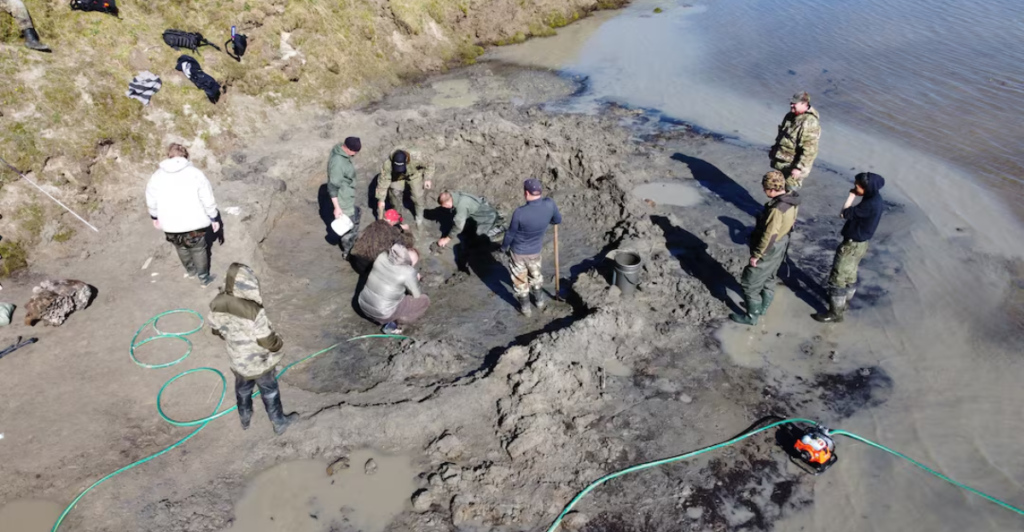
These important discoveries do not just hold significance in the paleontology field but also other scientific fields like biotechnology and climate science. The study of these fascinating tissues could inspire innovations in cryopreservation as we understand more of how permafrost can affect organic material over long periods of time.
These techniques could have implications for medicine and agriculture practices. These permafrost dynamics and how they leave organics in stasis could aid in our understanding of climate change and how it impacts our ecosystems around the world.
The discovery of the 10,000-year-old woolly mammoth stresses the importance of ancient biology and how it can shape modern technology. As more discoveries may be made from the melting permafrost, more innovations may be made.
Cultural Significance
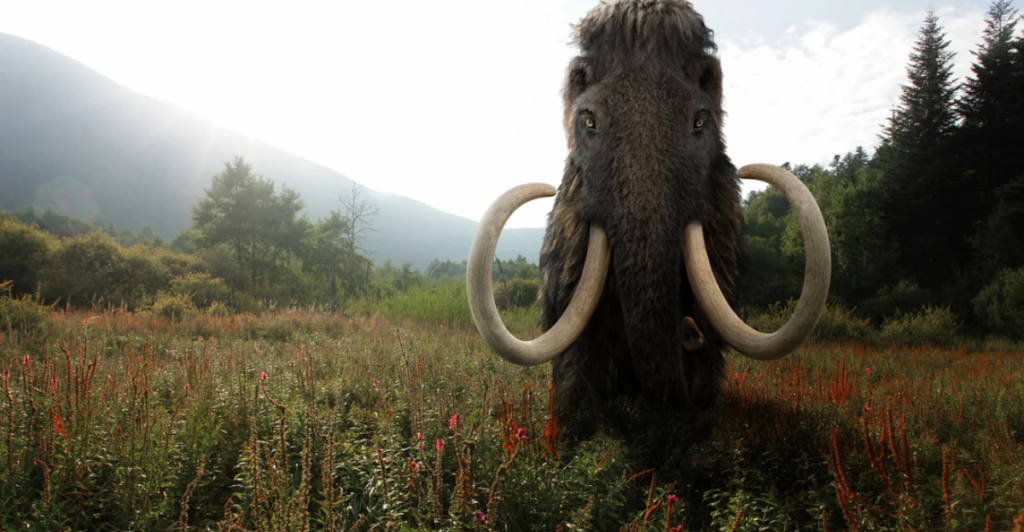
Mammoths have a lot of symbolic power and have captivated people over since their discovery. They show us resilience against extinction, even if they ultimately die out, and modern elephants show that at least a relative did make it to the modern world.
New mammoth discoveries spark public imagination about what prehistoric life would have been like and create an appreciation for Earth’s history. To inform and educate, there are many museums, art, and literature covering mammoths, Earth’s Ice Age, and the ecosystems within it.
These educational programs may go beyond the teachings of mammoths and the Ice Age and also inform the public of climate dynamics and global warming. Either way, they foster a deeper appreciation of the natural world and our role in it.
Important Discovery
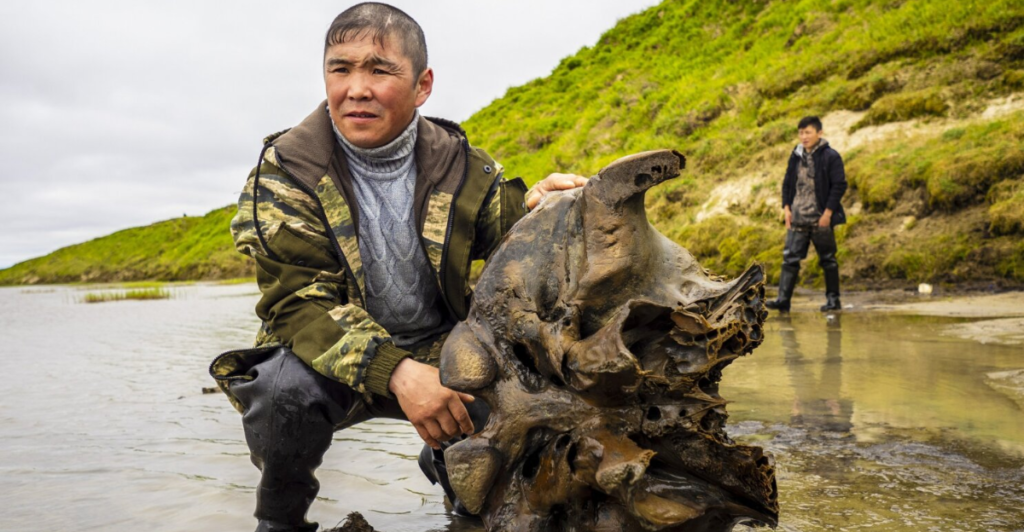
The discovery of the exceedingly rare mammoth fossil represents a pivotal moment in research, as it has implications for paleontology, genetics, ethics, and environmental science. As climate change melts more permafrost in Siberia, more evidence is likely to be discovered.
As these discoveries increase, the future of scientific research is offered unprecedented opportunities to study more about the ancient world. Even if these discoveries could pose more questions about ethics, a balance between scientific curiosity and ecological responsibility must be achieved.
Ultimately, these ancient fossils and their research must be integrated into more discussions that involve sustainability and conservation in the modern world.
Explore more of our trending stories and hit Follow to keep them coming to your feed!

Don’t miss out on more stories like this! Hit the Follow button at the top of this article to stay updated with the latest news. Share your thoughts in the comments—we’d love to hear from you!







